Home>Furniture & Design>Interior Design Trends>Why Is Old Glass Wavy
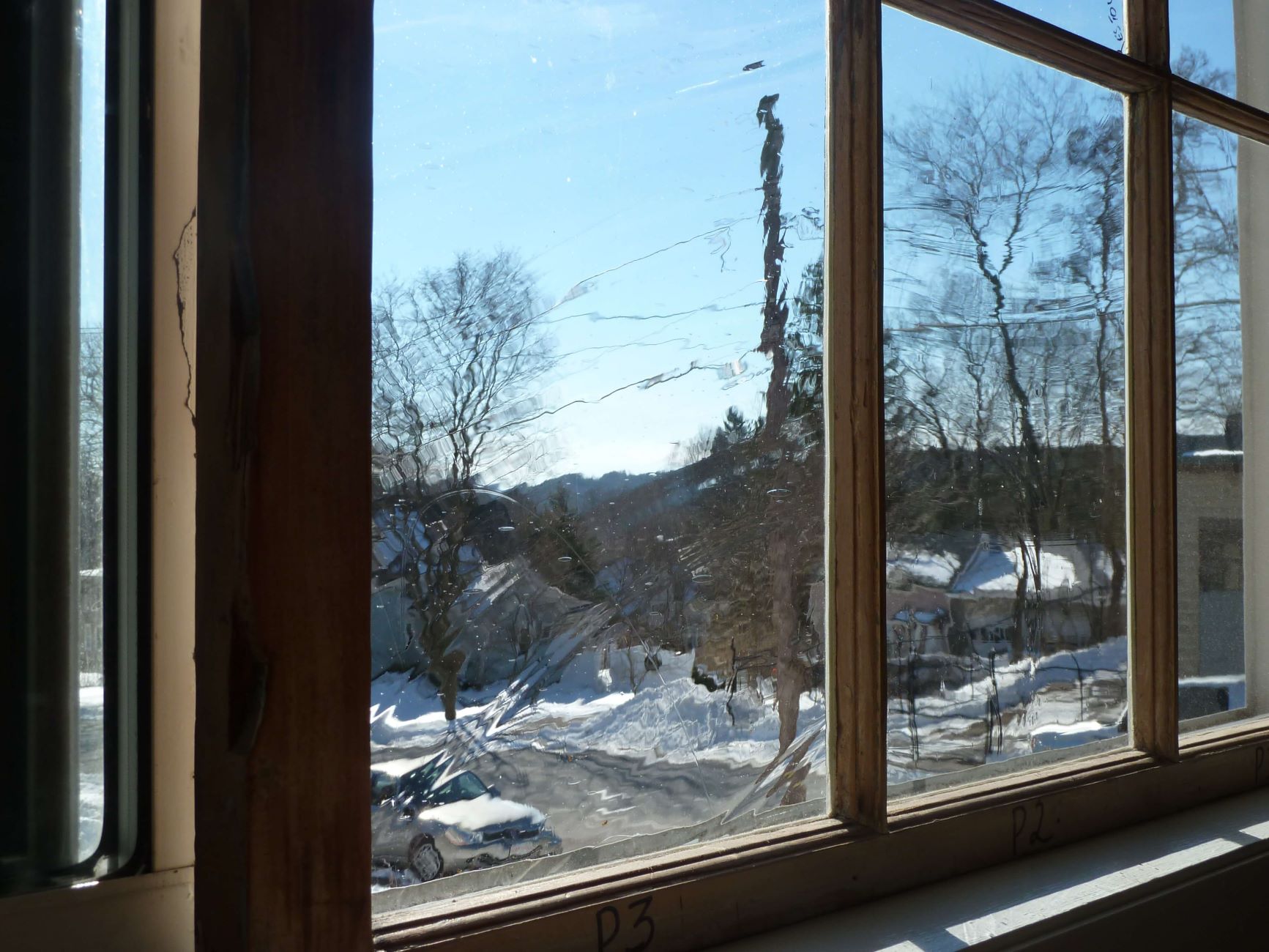

Interior Design Trends
Why Is Old Glass Wavy
Modified: February 18, 2024
Discover the charm of old wavy glass and its impact on interior design trends. Explore the unique appeal and timeless beauty of this classic architectural feature.
(Many of the links in this article redirect to a specific reviewed product. Your purchase of these products through affiliate links helps to generate commission for Storables.com, at no extra cost. Learn more)
Introduction
Have you ever noticed the mesmerizing wavy distortions in old glass windows or antique glassware? This intriguing phenomenon has piqued the curiosity of many, prompting the question: "Why is old glass wavy?" The answer lies in the fascinating history and science of glassmaking, as well as the transformative effects of time on this versatile material.
Throughout the centuries, glass has been an integral part of human civilization, serving both functional and decorative purposes. From the majestic stained glass windows of medieval cathedrals to the delicate glass ornaments adorning Victorian parlors, the artistry and craftsmanship of glass have left an indelible mark on our cultural heritage. However, the distinctive waviness observed in old glass is not a flaw but rather a testament to the traditional methods of glass production and the natural aging process.
In this article, we will embark on a captivating journey through the historical methods of glassmaking, delve into the intricate process of glass annealing, and explore the profound impact of age on glass. By unraveling the mysteries behind the wavy allure of old glass, we will gain a deeper appreciation for this timeless material and the artistry of the artisans who shaped it. So, let's embark on this enlightening exploration of old glass and discover the secrets hidden within its undulating surfaces.
Key Takeaways:
- Old glass appears wavy due to historical glassmaking methods, glass annealing, and the effects of aging. These factors contribute to the unique allure and cultural significance of aged glass artifacts.
- The mesmerizing waviness of old glass reflects the artistry of ancient artisans and the enduring legacy of this remarkable material. It embodies a captivating tale of resilience, beauty, and the timeless allure of antiquity.
Historical Methods of Glassmaking
The art of glassmaking has a rich and storied history that spans millennia, with its origins dating back to ancient civilizations such as the Mesopotamians, Egyptians, and Phoenicians. These early glassmakers honed their craft using rudimentary techniques, laying the foundation for the evolution of glassmaking throughout the ages.
One of the earliest methods of glass production involved the creation of glass beads and small vessels using a process known as core forming. This technique entailed winding molten glass around a removable core, typically made of clay or dung, to form the desired shape. Once the glass had cooled and solidified, the core was removed, leaving behind a hollow glass object. This method, which originated in Mesopotamia around 1500 BCE, represented a significant advancement in the ancient art of glassmaking.
Another pivotal development in the historical timeline of glassmaking was the introduction of glassblowing in the 1st century BCE. This revolutionary technique, attributed to Syrian craftsmen, enabled artisans to create larger and more intricate glass vessels with greater efficiency. By inflating molten glass through a blowpipe and manipulating it with various tools, glassblowers could achieve a level of artistry and precision previously unattainable. The advent of glassblowing marked a turning point in the history of glassmaking, leading to the widespread production of glassware and the proliferation of exquisite glass objects across the ancient world.
During the medieval period, the art of stained glass reached its zenith, particularly in the construction of awe-inspiring stained glass windows adorning cathedrals and churches. Skilled artisans meticulously crafted these masterpieces by assembling vibrant pieces of colored glass within lead cames, resulting in breathtaking works of art that transcended religious and cultural boundaries. The intricate process of creating stained glass panels involved the fusion of various metallic oxides with molten glass to produce an array of vivid hues, showcasing the ingenuity and artistry of medieval glassmakers.
As the centuries unfolded, the techniques and tools of glassmaking continued to evolve, giving rise to diverse styles and forms of glass artistry. From the delicate filigree glasswork of the Renaissance to the opulent crystal creations of the Baroque era, each period contributed to the rich tapestry of glassmaking history, leaving an indelible imprint on the world of art and design.
The historical methods of glassmaking not only reflect the ingenuity and creativity of ancient artisans but also underscore the enduring allure of glass as a medium for artistic expression and functional craftsmanship. By tracing the evolution of glassmaking through the annals of time, we gain a profound appreciation for the cultural significance and timeless beauty of this remarkable material.
The Process of Glass Annealing
Glass annealing is a critical stage in the glassmaking process, playing a pivotal role in ensuring the structural integrity and stability of the finished glass product. This meticulous procedure involves carefully controlling the cooling process of newly formed glass to relieve internal stresses and prevent the formation of imperfections that could compromise its strength and durability.
Upon its initial formation, whether through blowing, casting, or other shaping methods, the molten glass possesses high internal tensions due to the rapid cooling that occurs during shaping. If left unaddressed, these residual stresses can lead to spontaneous fractures or distortions in the glass, rendering it unsuitable for its intended purpose. To mitigate this risk, the glass is subjected to a controlled cooling process known as annealing.
During annealing, the newly formed glass is gradually cooled at a precisely regulated rate to allow the internal stresses to dissipate gradually. This gradual cooling process is typically carried out in a temperature-controlled kiln, where the glass is maintained at a specific temperature for an extended period before the cooling phase begins. This dwell time at the annealing temperature allows the glass molecules to reposition themselves, relieving the internal tensions and promoting uniformity in the material's structure.
Once the annealing temperature dwell period is completed, the controlled cooling phase commences, during which the kiln temperature is gradually lowered at a predetermined rate. This gradual reduction in temperature further facilitates the relaxation of internal stresses within the glass, culminating in a state of equilibrium that enhances the material's overall strength and resilience.
The significance of the glass annealing process cannot be overstated, as it directly influences the mechanical properties and long-term stability of the finished glass product. Proper annealing not only minimizes the risk of spontaneous breakage but also contributes to the optical clarity and dimensional accuracy of the glass, making it suitable for a wide range of applications, from architectural glazing to precision optics.
In essence, glass annealing represents a crucial step in the journey from molten glass to a refined, functional material, embodying the meticulous craftsmanship and scientific precision that underpin the art of glassmaking. By understanding the intricacies of the annealing process, we gain a deeper appreciation for the artistry and technical expertise required to transform raw glass into enduring works of functional and aesthetic beauty.
Old glass appears wavy due to the way it was made. In the past, glass was made by hand, which resulted in uneven thickness. This unevenness causes light to bend and create the wavy appearance.
The Impact of Age on Glass
As glass ages, it undergoes a gradual transformation that imbues it with unique characteristics, distinct from its pristine, newly formed state. The passage of time leaves an indelible mark on glass, manifesting in subtle yet discernible changes that contribute to its allure and historical significance.
One of the most notable effects of aging on glass is the development of a phenomenon known as "glass disease" or "sick glass." This condition, characterized by the formation of a network of fine cracks and surface deterioration, is often observed in antique glassware and historic windows. Glass disease is attributed to the interaction of glass with environmental factors, such as moisture, pollutants, and fluctuations in temperature, which gradually degrade the glass matrix over time. The resulting intricate patterns of degradation, while diminishing the structural integrity of the glass, bestow a captivating patina of age and history, adding to the allure of antique glass artifacts.
Furthermore, the chemical composition of glass can undergo subtle changes as it ages, leading to alterations in its optical properties and surface appearance. Over time, the surface of glass may develop a delicate iridescence, commonly referred to as "weathering" or "desert glass," caused by the gradual leaching of alkali ions from the glass matrix. This natural weathering process imbues aged glass with a lustrous sheen and a captivating play of colors, evoking a sense of time-honored elegance and antiquity.
In the realm of antique stained glass, the effects of age are particularly pronounced, as centuries-old panels bear the hallmarks of time in the form of subtle distortions and irregularities. The gradual sagging and deformation of antique stained glass windows, often resulting in a charming wavy or uneven appearance, are attributed to the cumulative effects of gravity and the inherent fluidity of glass over extended periods. These organic distortions, far from detracting from the aesthetic appeal of antique stained glass, serve as poignant testaments to the passage of time and the enduring legacy of the artisans who crafted these masterpieces.
Moreover, the historical context and provenance of aged glass artifacts contribute to their intrinsic value and cultural significance. Each crack, patina, and weathered imperfection encapsulates a narrative of bygone eras, offering a tangible connection to the past and enriching the historical tapestry of human creativity and craftsmanship.
In essence, the impact of age on glass transcends mere physical changes, encompassing a profound narrative of time, craftsmanship, and the enduring legacy of this remarkable material. The weathered surfaces and subtle distortions borne by aged glass artifacts serve as poignant reminders of the inexorable passage of time, weaving a captivating tale of resilience, beauty, and the enduring allure of antiquity.
Conclusion
In conclusion, the enigmatic waviness observed in old glass is a testament to the rich tapestry of history, craftsmanship, and the transformative effects of time. From the ancient origins of glassmaking to the meticulous process of glass annealing, and the profound impact of age on glass, we have embarked on a captivating journey through the captivating world of old glass.
The historical methods of glassmaking, spanning ancient core forming and the revolutionary art of glassblowing, underscore the ingenuity and artistry of ancient artisans. The evolution of glassmaking techniques across different epochs has left an indelible mark on the cultural heritage of humanity, shaping the aesthetic and functional dimensions of glass artistry.
Furthermore, the meticulous process of glass annealing, with its emphasis on relieving internal stresses and ensuring structural integrity, exemplifies the fusion of scientific precision and artistic craftsmanship. The significance of proper annealing in shaping the mechanical properties and long-term stability of glass cannot be overstated, underscoring the intricate interplay between art and science in the realm of glassmaking.
The impact of age on glass, as evidenced by the development of glass disease, subtle chemical changes, and the weathering of surfaces, adds a layer of historical depth and visual intrigue to aged glass artifacts. The organic distortions and weathered imperfections borne by antique glass serve as poignant reminders of the inexorable passage of time, weaving a captivating tale of resilience, beauty, and the enduring allure of antiquity.
In essence, the wavy allure of old glass encapsulates a narrative of human creativity, craftsmanship, and the enduring legacy of this remarkable material. By unraveling the mysteries behind the waviness of old glass, we gain a deeper appreciation for the historical significance and timeless beauty of this captivating material, enriching our understanding of the cultural tapestry woven by ancient artisans and the enduring allure of aged glass artifacts.
Frequently Asked Questions about Why Is Old Glass Wavy
Was this page helpful?
At Storables.com, we guarantee accurate and reliable information. Our content, validated by Expert Board Contributors, is crafted following stringent Editorial Policies. We're committed to providing you with well-researched, expert-backed insights for all your informational needs.
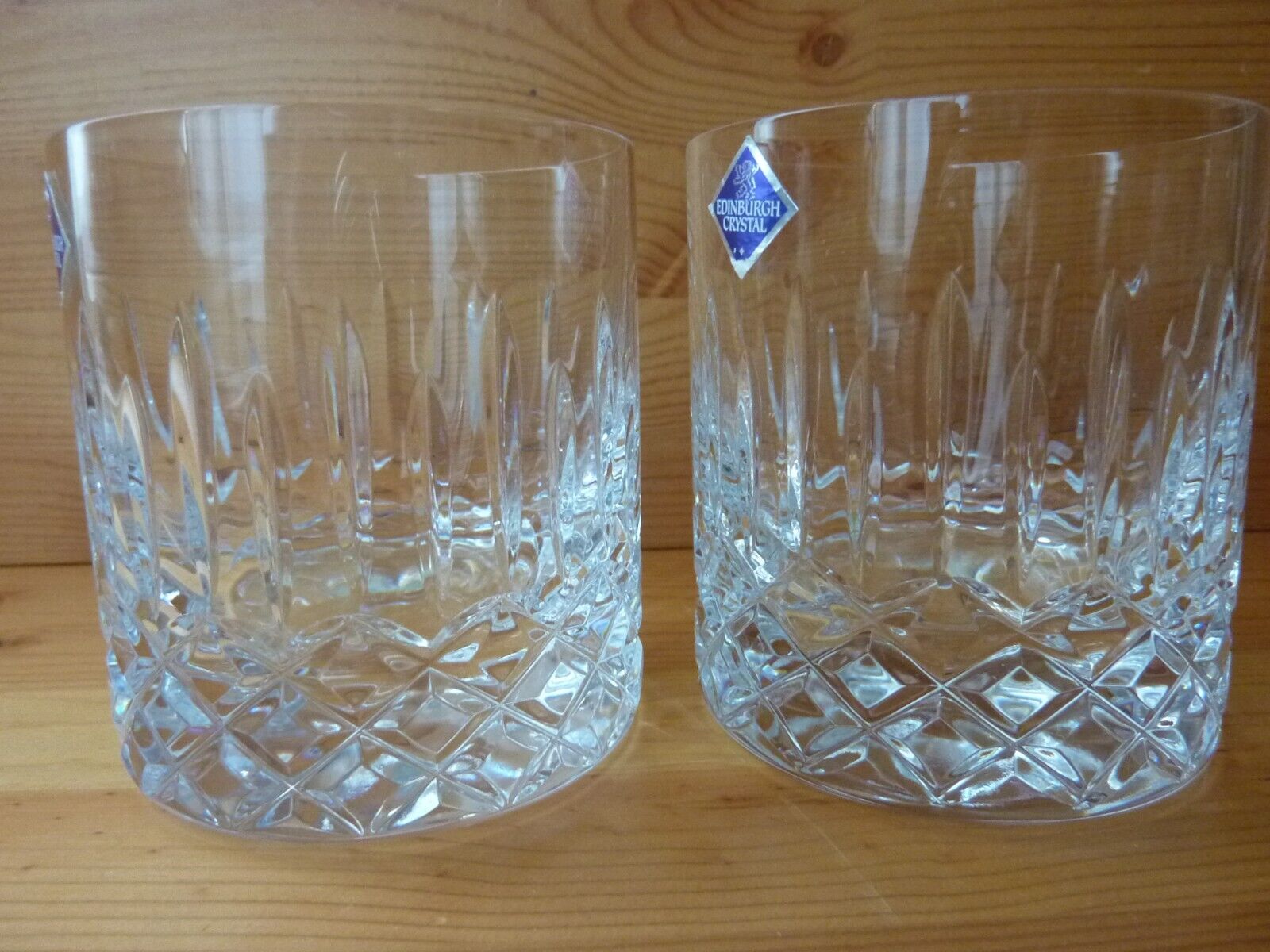
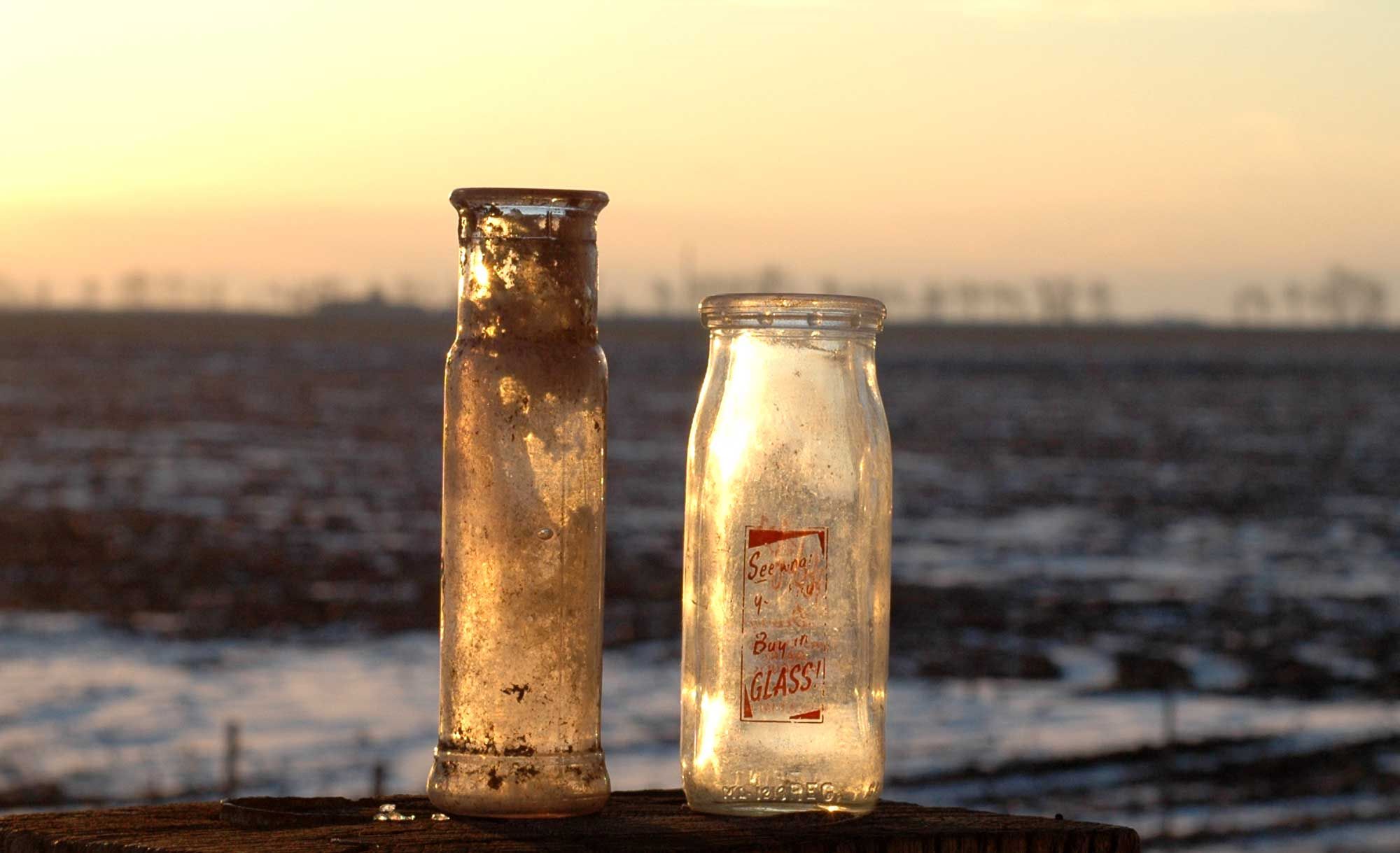
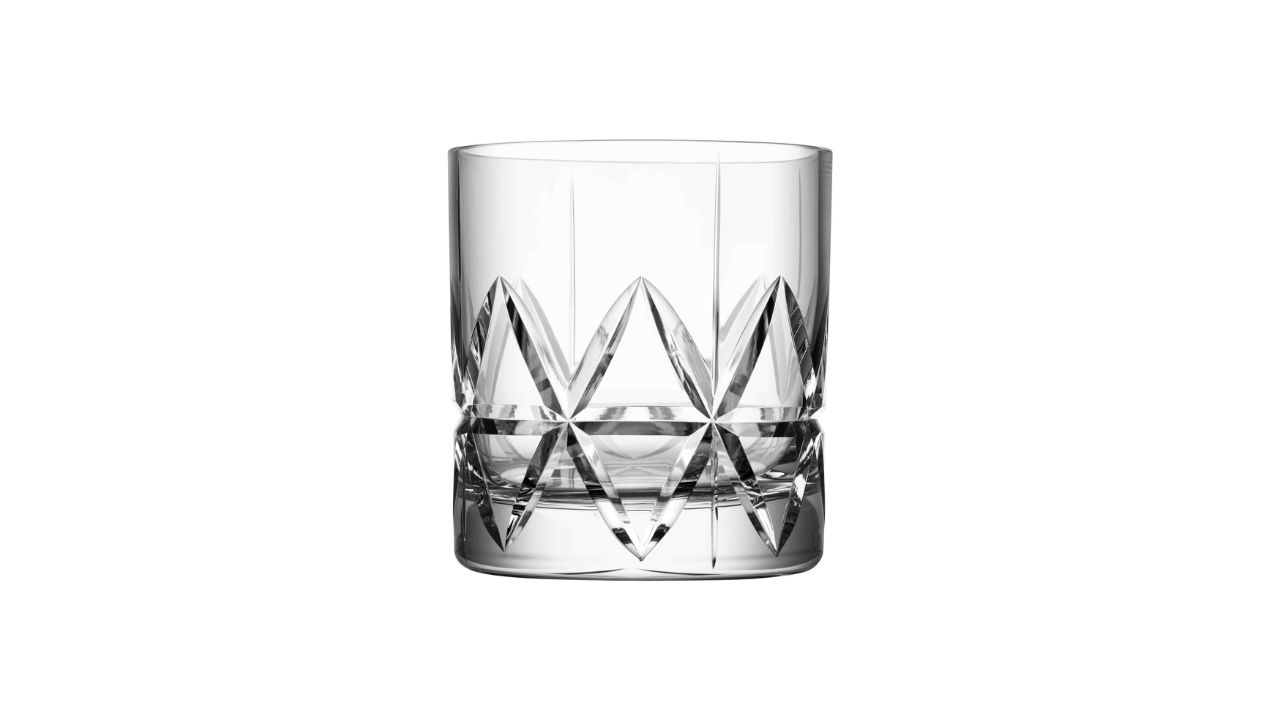
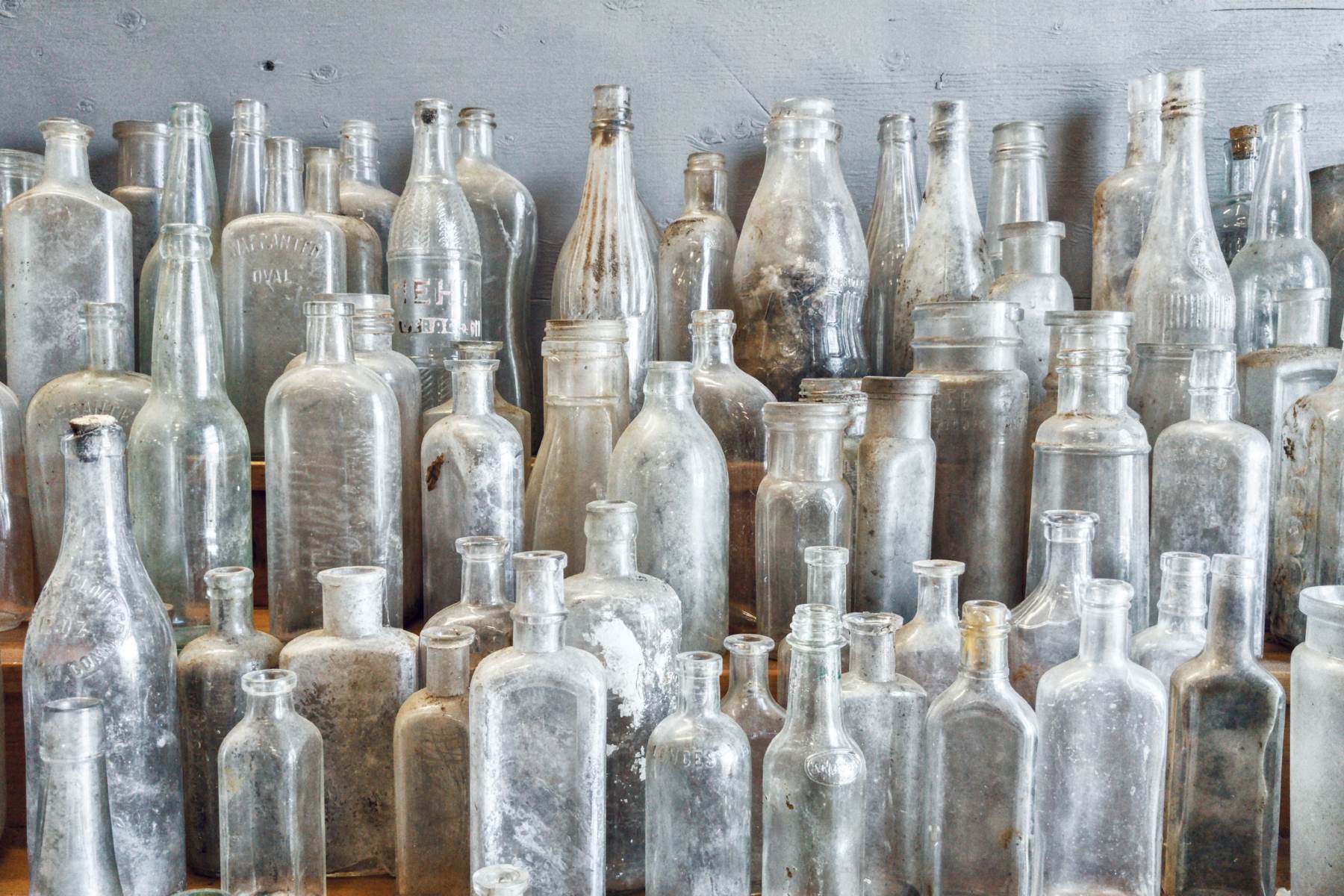
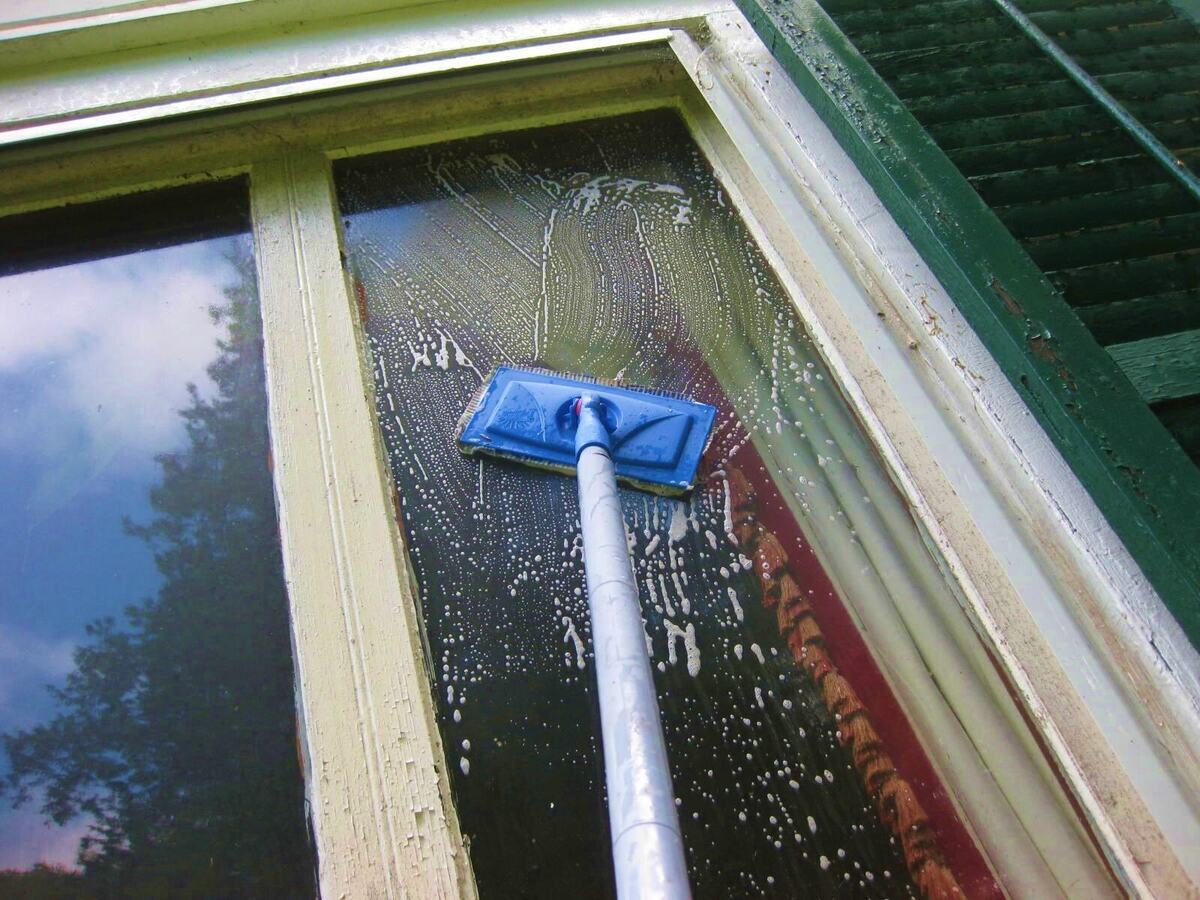
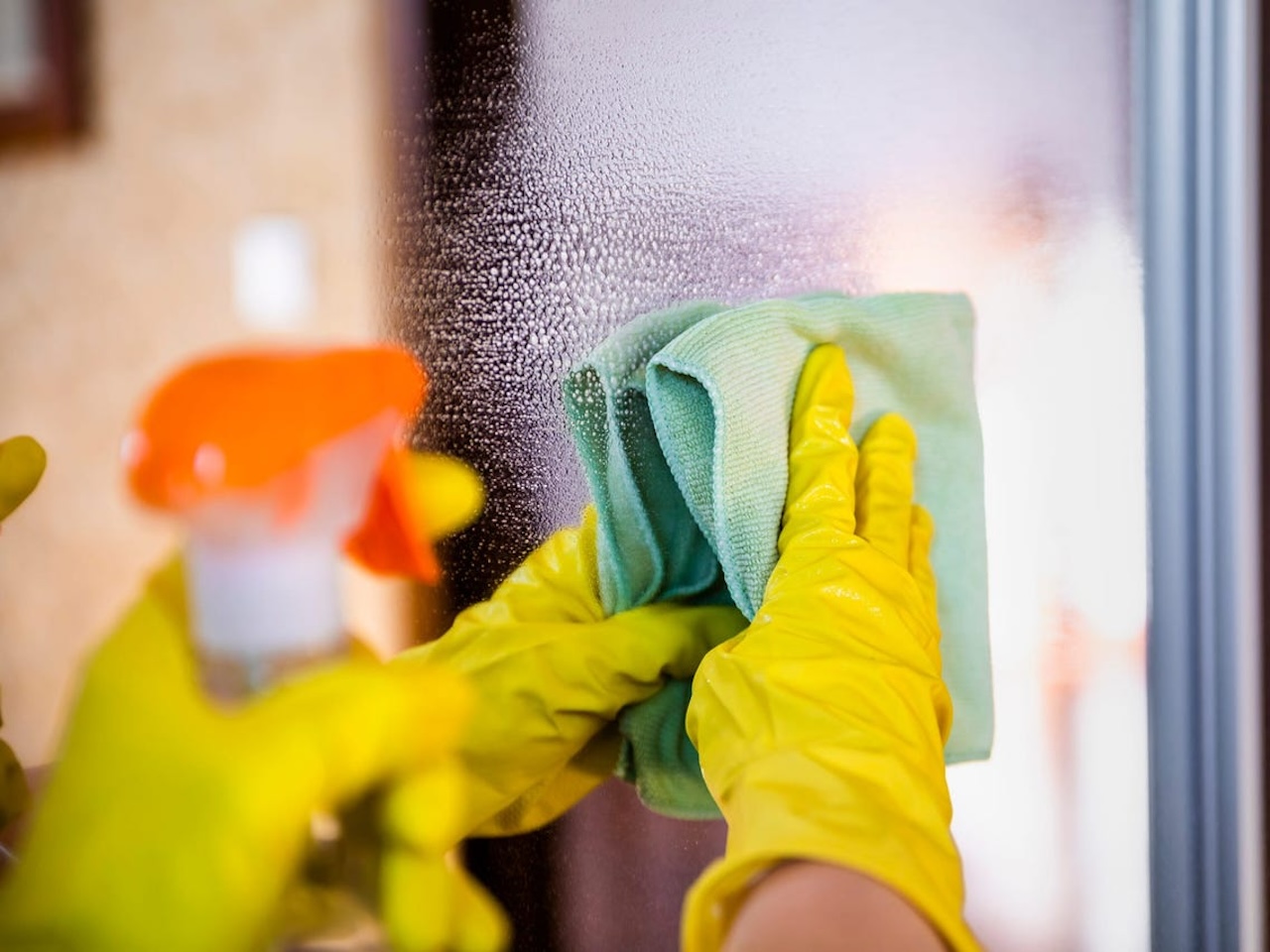
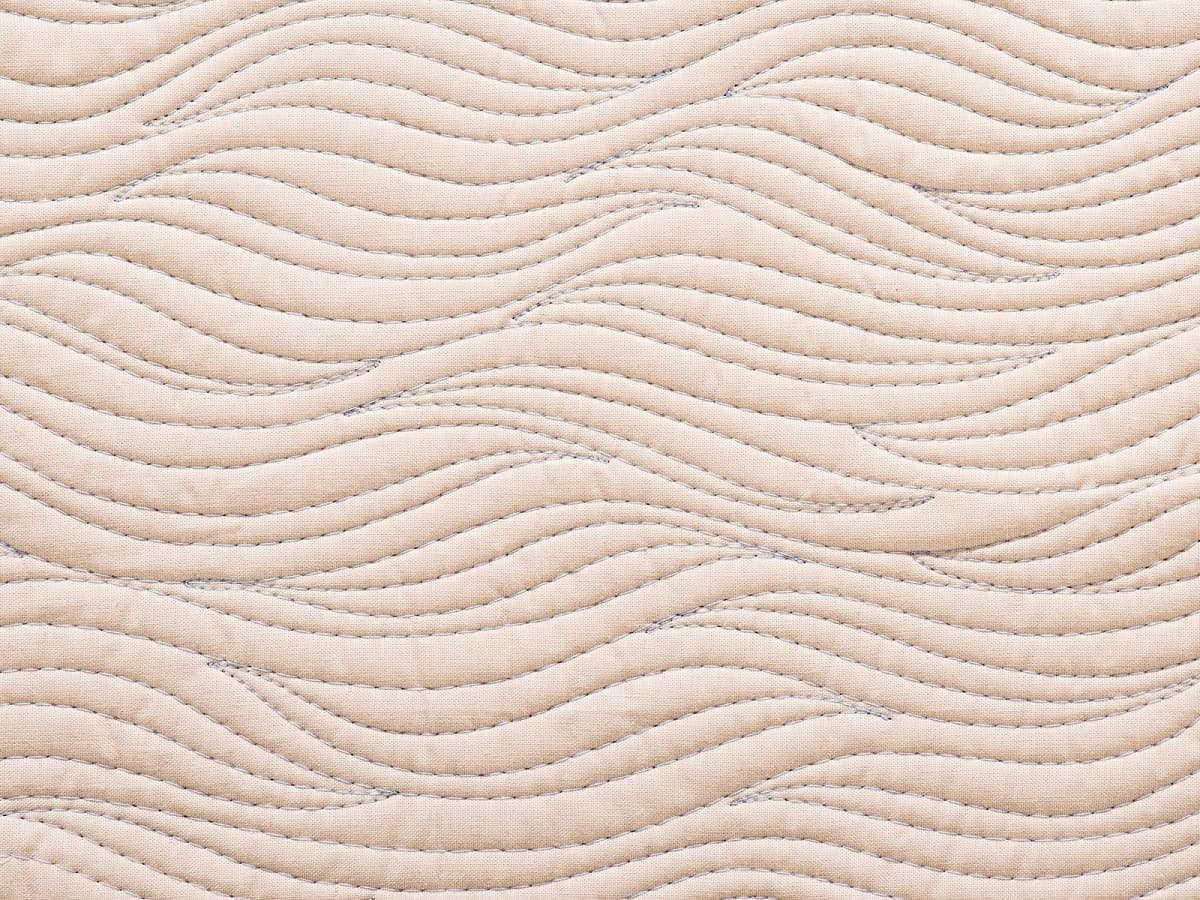
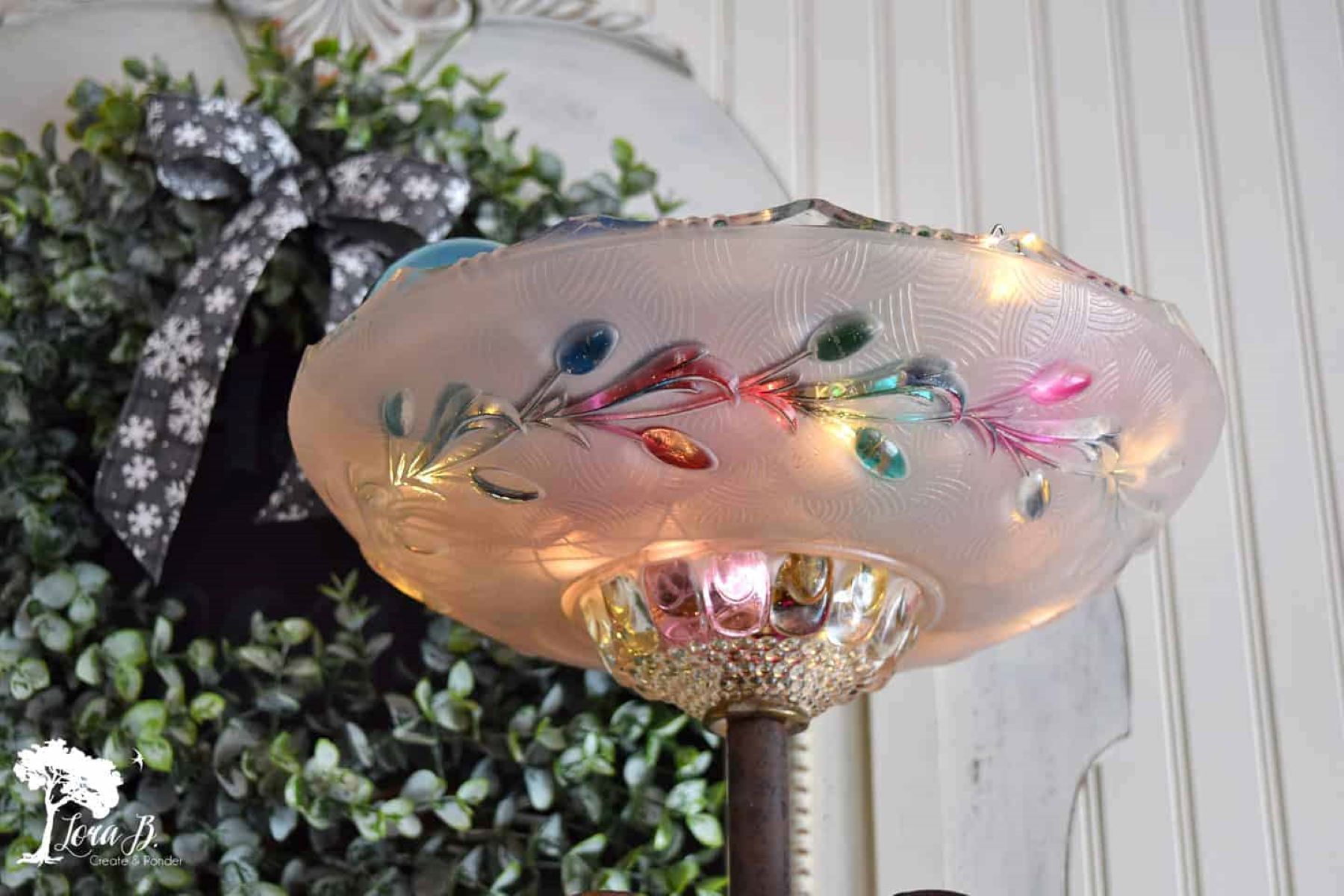
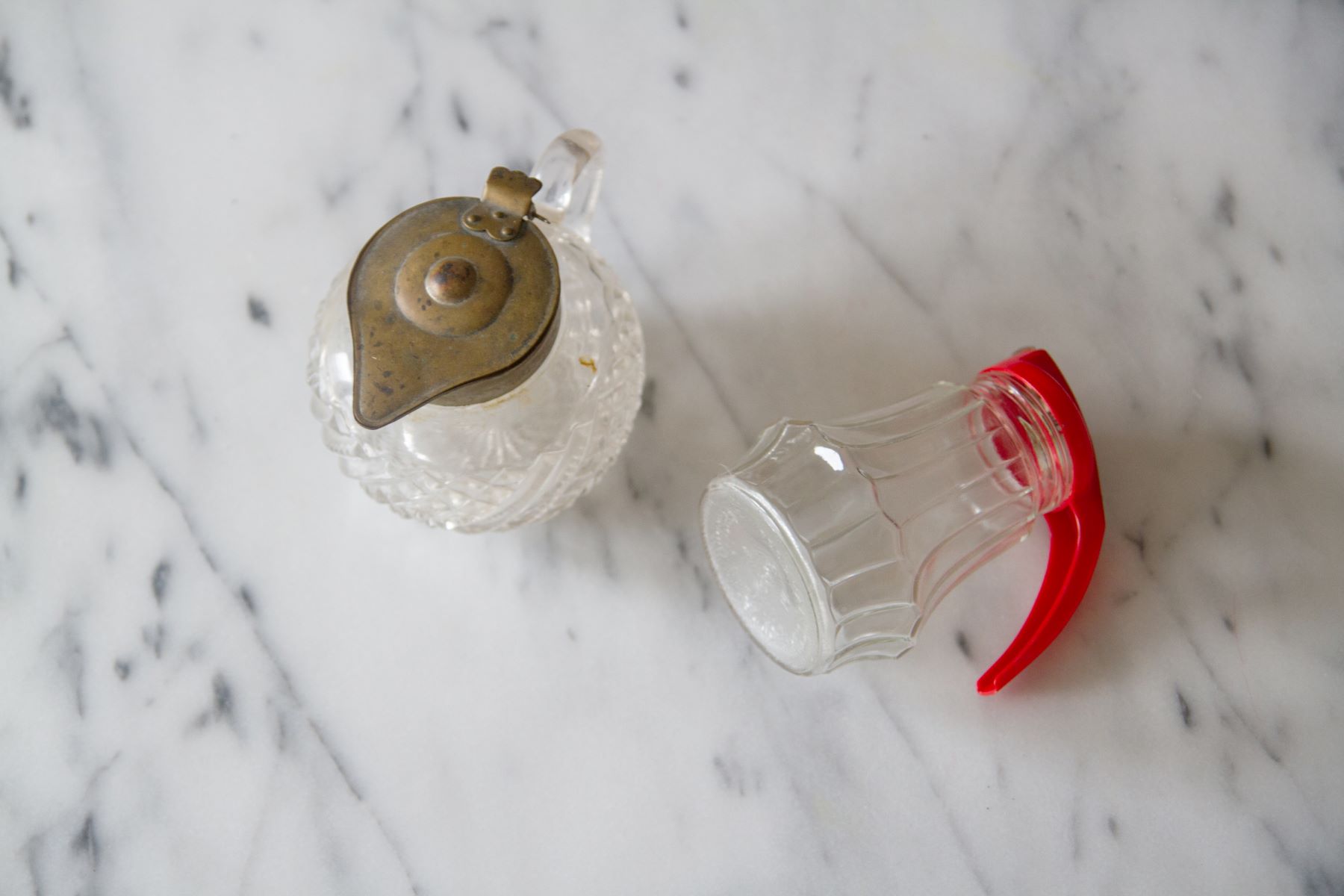
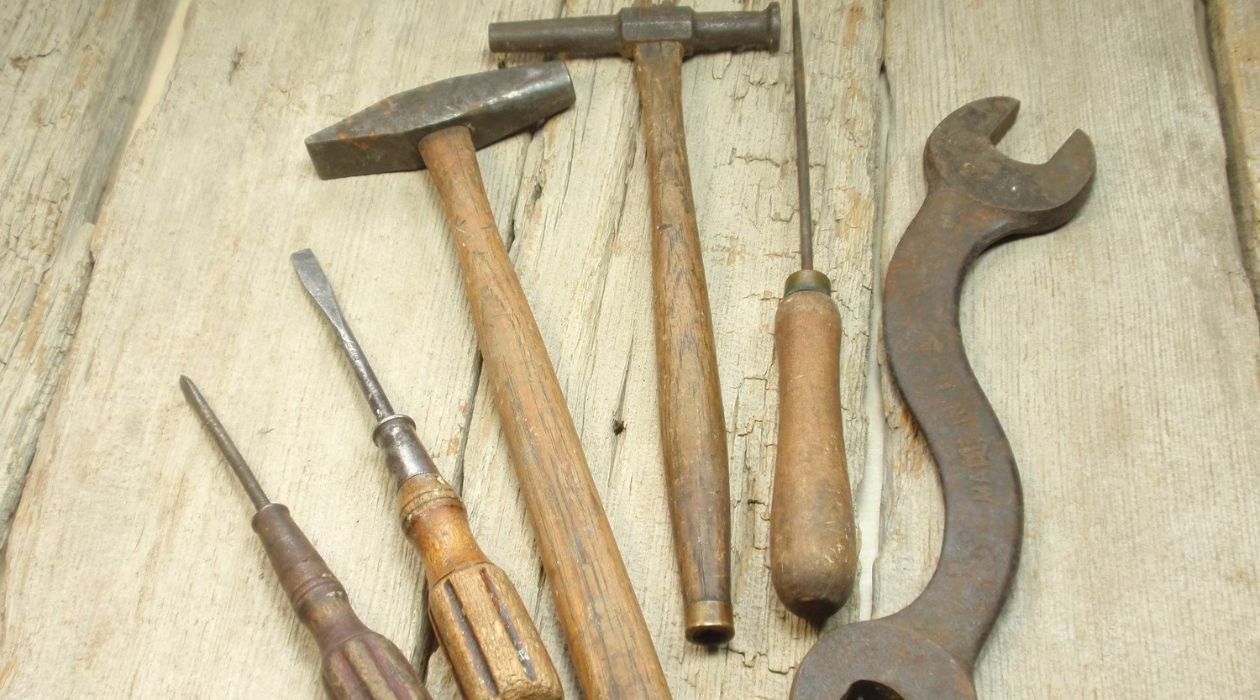
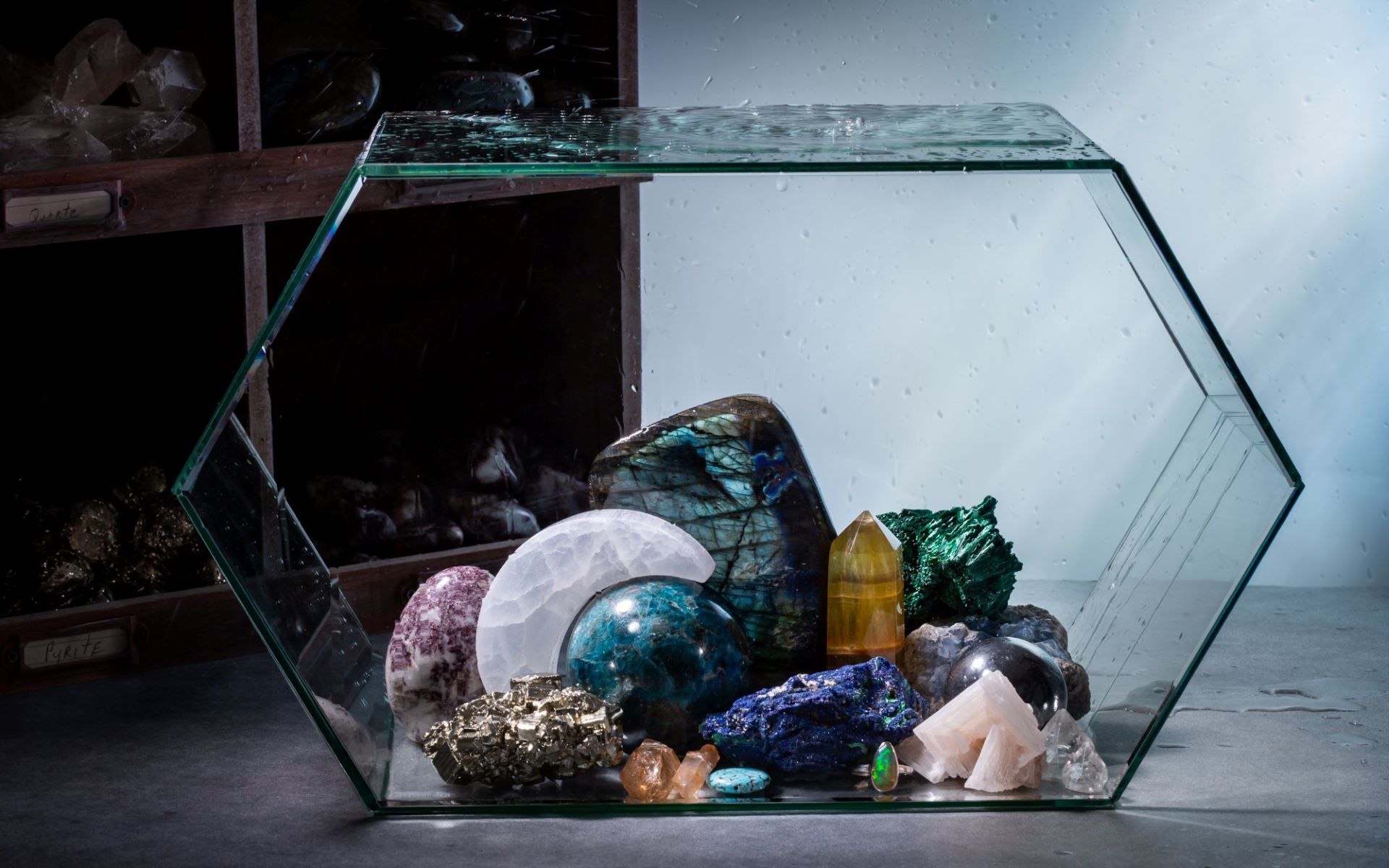
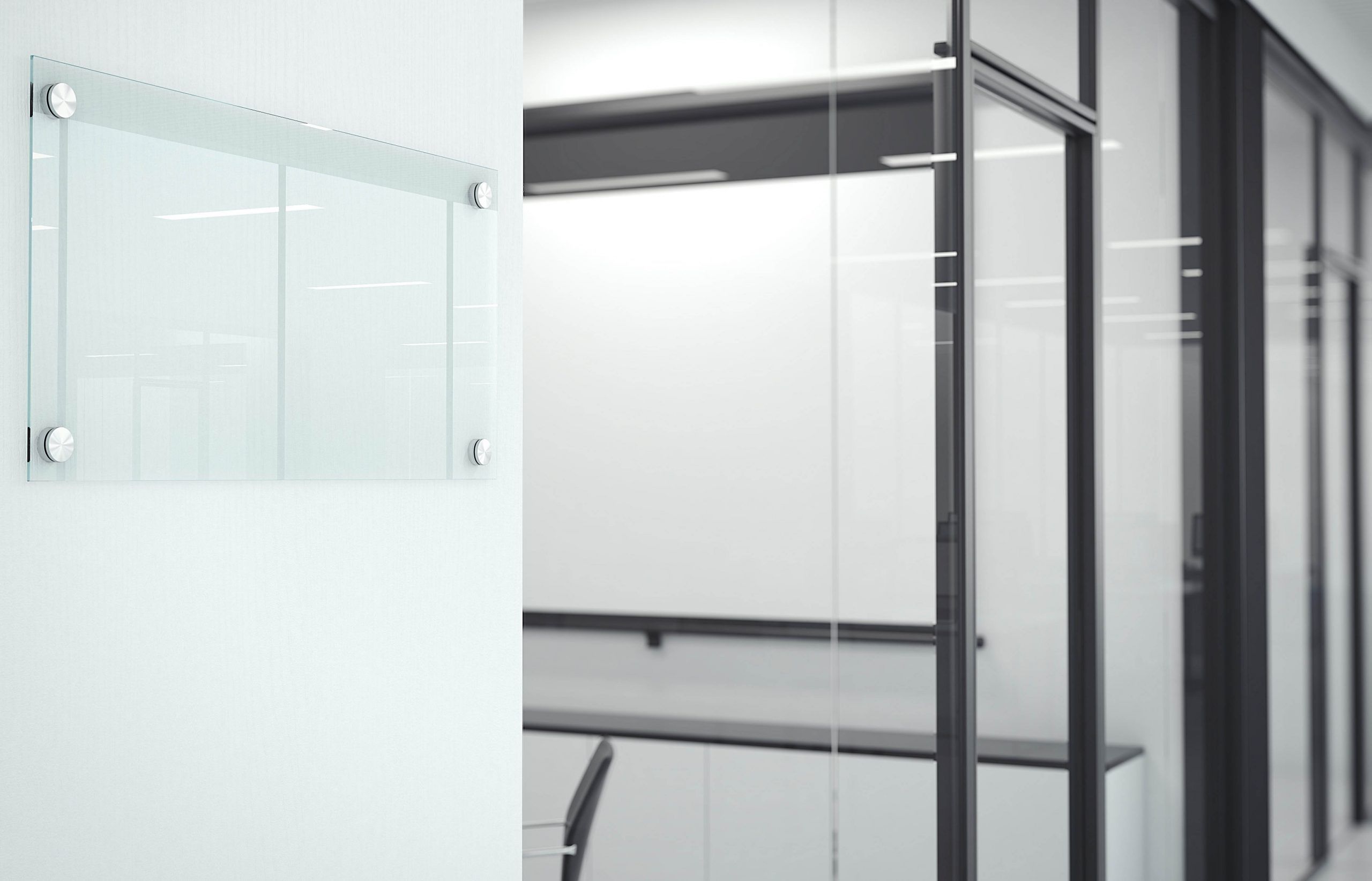
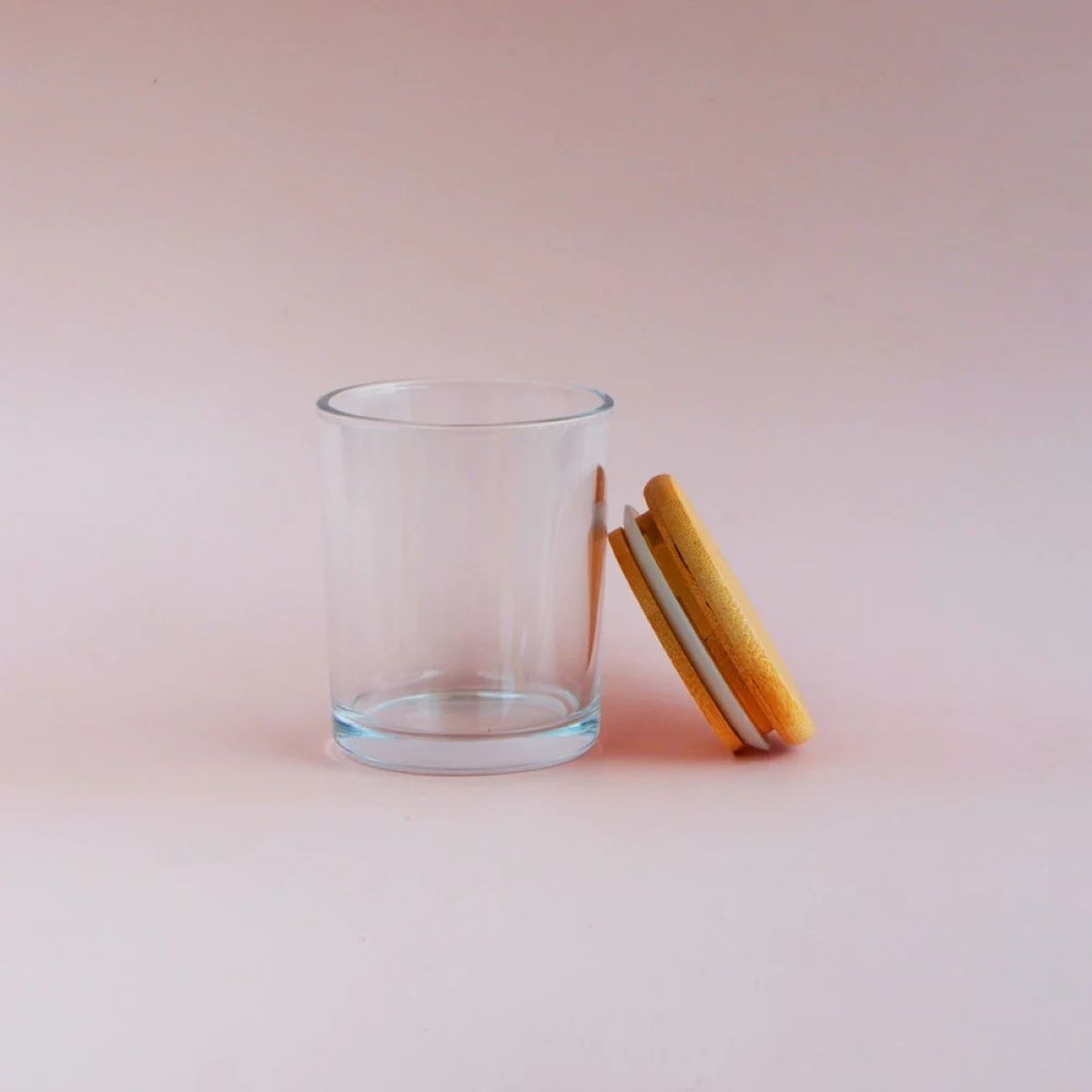
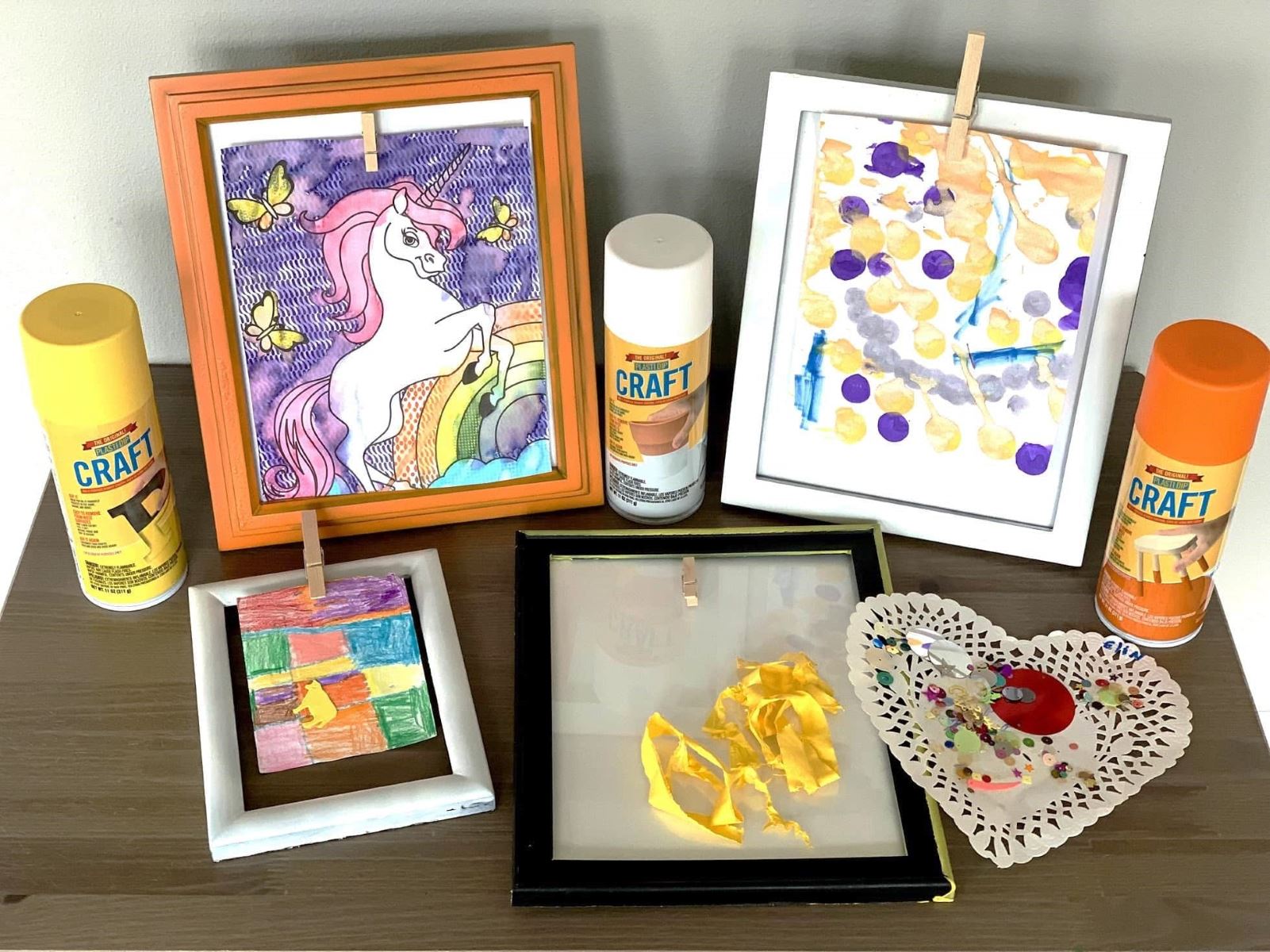
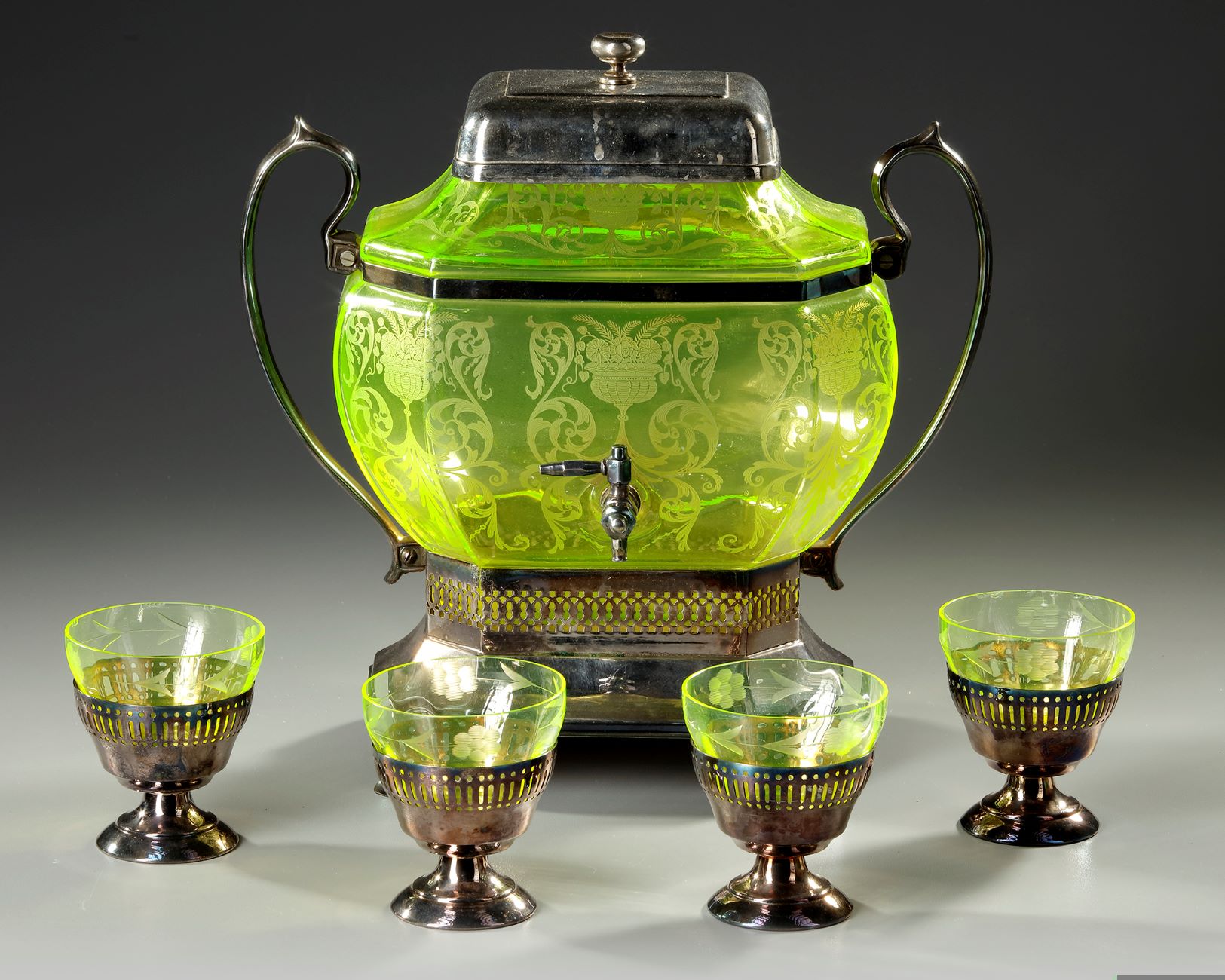

0 thoughts on “Why Is Old Glass Wavy”